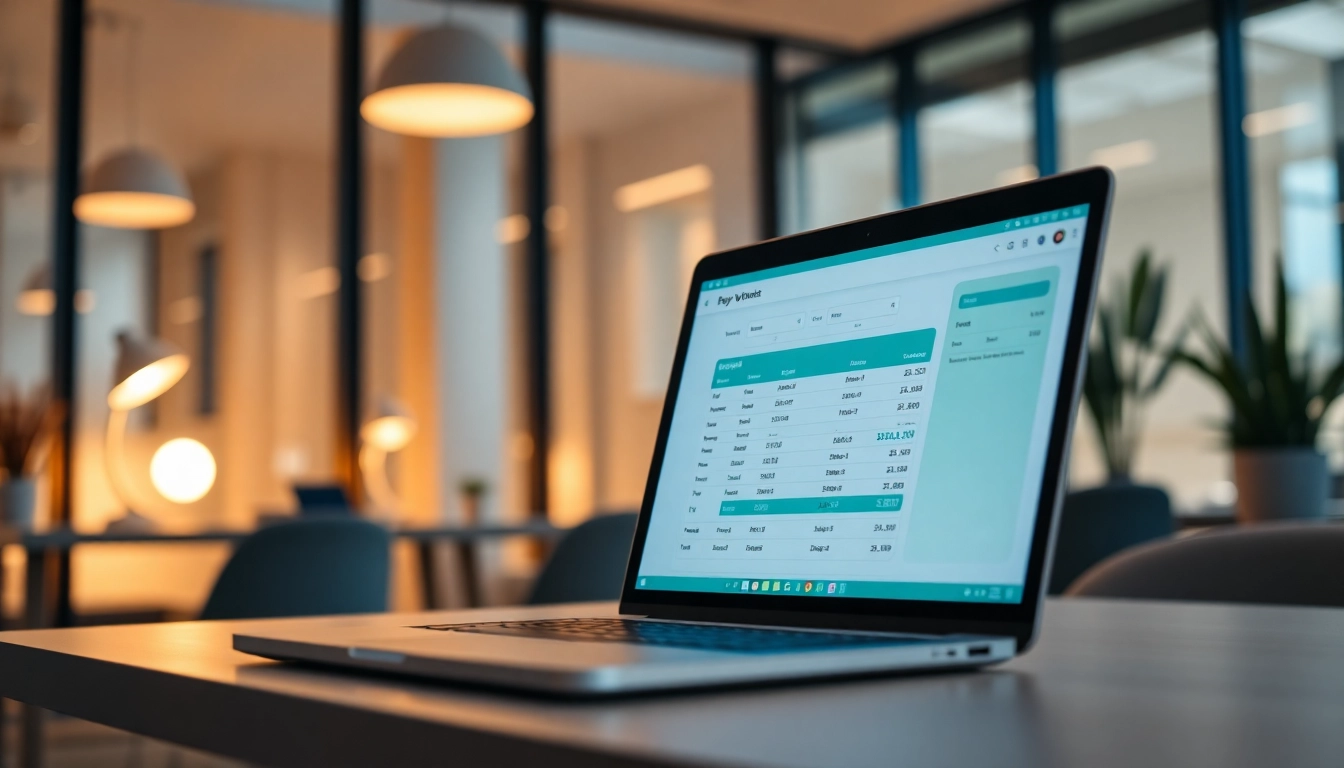Understanding Competitor Pricing Analysis
What is Competitor Pricing Analysis?
Competitor pricing analysis is a systematic approach that businesses use to assess and understand the pricing strategies adopted by their rivals. This analysis involves gathering data on competitors’ pricing models, identifying their strengths and weaknesses, and evaluating how these influence their market position. By examining not only the prices of competitors but also their promotional strategies, discounts, and product offerings, businesses can make informed pricing decisions that enhance their competitiveness.
The Importance of Competitive Insights
Understanding competitor pricing is crucial for several reasons. Firstly, it allows businesses to benchmark their pricing against market standards, ensuring that they remain competitive while also maximizing profits. It also helps identify gaps in the market, revealing opportunities for differentiation. When companies analyze their competitors, they can tailor their products and services to better meet the needs of customers, often leading to higher customer satisfaction and loyalty. Thus, effective competitor pricing analysis serves as a strategic tool that informs various aspects of pricing strategy and overall marketing efforts.
Key Terms in Pricing Analysis
- Price Elasticity: Refers to how sensitive customer demand is to changes in price.
- Market Penetration Pricing: A strategy where prices are set low to attract customers and gain market share.
- Value-Based Pricing: Setting prices based on the perceived value of a product or service to the customer rather than the cost of production.
- Competitor-based Pricing: A strategy that focuses on setting price levels based on competitors’ prices for similar offerings.
Steps to Conduct a Competitor Pricing Analysis
Identify Your Competitors Efficiently
The first step in conducting a competitor pricing analysis is to identify who your competitors are. This may include direct competitors, who offer similar products or services, and indirect competitors, who may not sell the same offerings but vie for the same customer dollar. To identify these competitors, businesses can utilize social media platforms, online research tools, and market reports. A thorough understanding of your market landscape is crucial in this initial phase.
Gather Relevant Pricing Data
Once competitors have been identified, the next step is gathering pertinent pricing data. This can involve several methods such as online research, mystery shopping, customer surveys, and utilizing pricing tools that track competitor prices over time. It’s essential to ensure that the data collected is reliable and comprehensive, capturing variables such as discounts, bundling strategies, and product quality—factors that may influence consumer perception of value.
Analyze and Compare Pricing Structures
After the data has been collected, businesses need to analyze the findings critically. This includes comparing the pricing structures, identifying price ranges, and understanding the underlying pricing strategies employed by different competitors. Businesses should look for patterns or anomalies in the data that could indicate opportunities or threats in the market. Utilizing visual tools such as graphs and charts can help in presenting findings in a clear and comprehensible manner.
Tools and Techniques for Pricing Analysis
Best Software for Competitor Pricing Analysis
There are several specialized software solutions that can assist in competitor pricing analysis by automating the data collection and analysis processes. Tools like Competera, Price2Spy, and SpyFu can provide invaluable insights by offering real-time pricing data, competitor monitoring, and analytics features that help businesses adjust their pricing strategies accordingly.
Utilizing Market Research Platforms
In addition to specialized pricing tools, market research platforms such as Statista and IBISWorld provide broader market insights that complement pricing analysis. By leveraging these platforms, businesses can obtain reports that outline industry trends, consumer behavior patterns, and competitive landscapes, which can inform pricing decisions and market positioning.
Leveraging AI for Data Insights
Artificial Intelligence (AI) technologies are increasingly being integrated into pricing analysis processes. AI tools can analyze vast amounts of competitor pricing data quickly and efficiently, identifying trends and patterns that might be missed by human analysts. These insights enable businesses to adapt their pricing strategies in real-time, allowing for more agile and responsive business practices.
Making Data-Driven Pricing Decisions
Turning Insights into Actionable Strategies
Data-driven insights need to be converted into actionable strategies. This means developing plans that outline how to adjust pricing based on competitor analysis. For organizations, this could include implementing value-based pricing, adopting dynamic pricing models that change according to demand or season, or even revamping marketing strategies to highlight unique selling propositions that justify premium pricing.
Adjusting Your Pricing Model
Effective pricing models should be flexible and adaptable. If a company identifies through competitor pricing analysis that their prices are consistently higher without a corresponding value proposition, it may warrant changes. Conversely, if a business finds it is underselling its products compared to competitors, there may be an opportunity to increase prices. Constant evaluation and adjustment are critical to maintaining a competitive edge.
Evaluating the Effectiveness of Your Pricing
To assess the effectiveness of pricing adjustments, businesses should establish key performance indicators (KPIs) related to sales volumes, profit margins, and market share. Regular evaluations against these KPIs will help gauge whether the implemented pricing strategies are successful. Furthermore, collecting customer feedback post-pricing changes can provide insight into consumer perceptions and satisfaction with pricing strategies.
Case Studies: Successful Competitor Pricing Analysis
Business A: A Strategic Turnaround
Consider a company that specialized in mid-range electronics. Through thorough competitor pricing analysis, they discovered that their pricing sat 15% higher than similar products without a well-defined value proposition. In response, the business adjusted its pricing strategy by introducing flexible payment plans and bundling products. This approach not only improved sales but also enhanced customer loyalty, demonstrating the power of adapting pricing based on competitor insights.
Business B: Capturing Market Share through Pricing
A startup in the fashion industry utilized competitor pricing analysis to find that they could position themselves as the affordable alternative to more established brands. By strategically pricing their products lower than competitors yet maintaining quality, they successfully captured a target market segment that was price-sensitive. This tactic increased their customer acquisition and market share, showcasing how well-executed pricing analysis can lead to significant growth.
Key Lessons Learned from the Analysis
Several essential lessons can be gleaned from these case studies. First, continuously monitoring competitor pricing can reveal valuable opportunities for improvement in one’s own pricing strategy. Next, understanding consumer behavior and perceived value is crucial when setting prices. Finally, companies must be agile, ready to adapt to new information and changes within the market. The overarching theme is that informed pricing strategies grounded in comprehensive analysis can significantly impact a business’s success.



